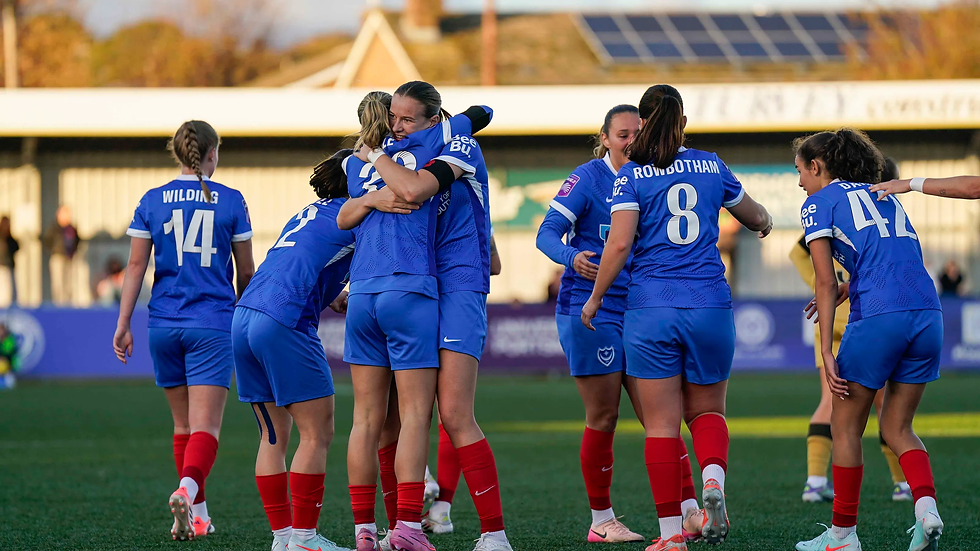The Impact of an ACL Injury
- Her Way To Glory

- Feb 23
- 3 min read
✍️Nancy Paisey

The ACL injury is the same injury that happens to be a constant reoccurrence for female footballers and a large worry for other females in sport.
ACL stands for Anterior Cruciate Ligament and is one of the ligaments that connects your femur to your shinbone.
The injury can occur when the ligament is stretched or torn and can happen from stopping suddenly, changing direction quickly, pivoting whilst the foot is firmly placed, or receiving a blow to the knee.
Since 2022, around 400 female players have suffered an ACL injury across many women's football leagues globally. There are currently 18 Women’s Super League players out with the injury which is 6% out of the entire league.
This includes one of the world’s best strikers Sam Kerr. On the 7th of January 2024, Chelsea confirmed that Kerr had suffered an ACL injury during a training camp abroad.
It was her second time sustaining the injury so both Kerr and the medical team at Chelsea wanted to ensure they took all the right steps.
As Kerr is nearing the age that many footballers tend to retire at, she wants to ensure that after completed recovery, she can play for many more years to come.
Chelsea manager Sonia Bompastor recently announced that Kerr is progressing well in training with many photos posted on the Chelsea Women's Instagram of her training with the rest of the squad.
Around 30 players missed out on the Women’s World Cup in 2023 due to ACL injuries which is nearly enough for a whole squad- this included England captain Leah Williamson and Women's Super League all time top goal scorer Vivianne Miedma.
Research carried out suggests that female athletes are three to six more times likely to sustain the injury than male athletes.
It has been suggested that the menstrual cycle makes females more predisposed to the injury. During the
menstrual cycle, oestrogen levels are elevated which can affect the stability of joints.
On top of that the female pelvis is larger and wider which puts more stress in the soft knee tissue. Women also tend to have less muscle mass around the knee therefore causing increased instability.
Female footballers are also more likely to have began training much later than the men would have due to the lack of girls teams available when the current professionals were in their younger years.
The WSL is the highest tier of women's football in England however, the first WSL match was played in 2011, meaning that players from the competing clubs had not had enough training prior.
Another factor is football boots which were originally designed for and based around men so fail to account for the shape of women's feet. The length of the studs were solely designed for male movements so do not support the higher arch of a females foot.
A survey presented by the European Club Association suggests that as much as 82% of female players experience high levels of discomfort whilst wearing football boots.
As women's football is one of the largest growing sections of any sport the level of intensity is a large concern between managers and players with an increasing number of games being played as new leagues often being introduced.
It has also been proven that increased workload, travel time, and insufficient rest have significantly contributed to the injury rate.
One unnamed WSL club has recently hired professionals to produce further research on ACL injuries as the game is adapting to increased professionalism.
This may therefore persuade other clubs to do the same as there needs to be a solution to this drastic issue.




Comments